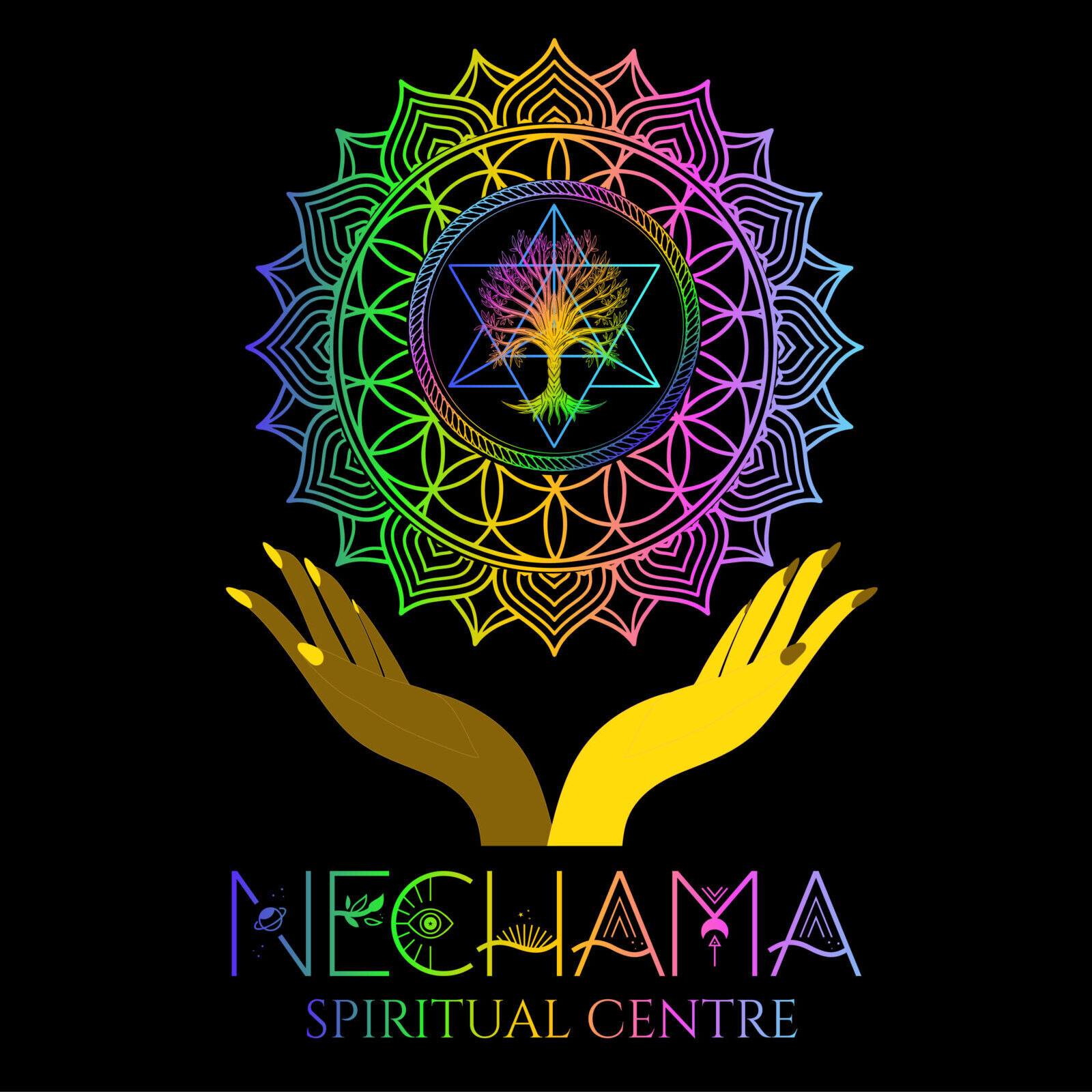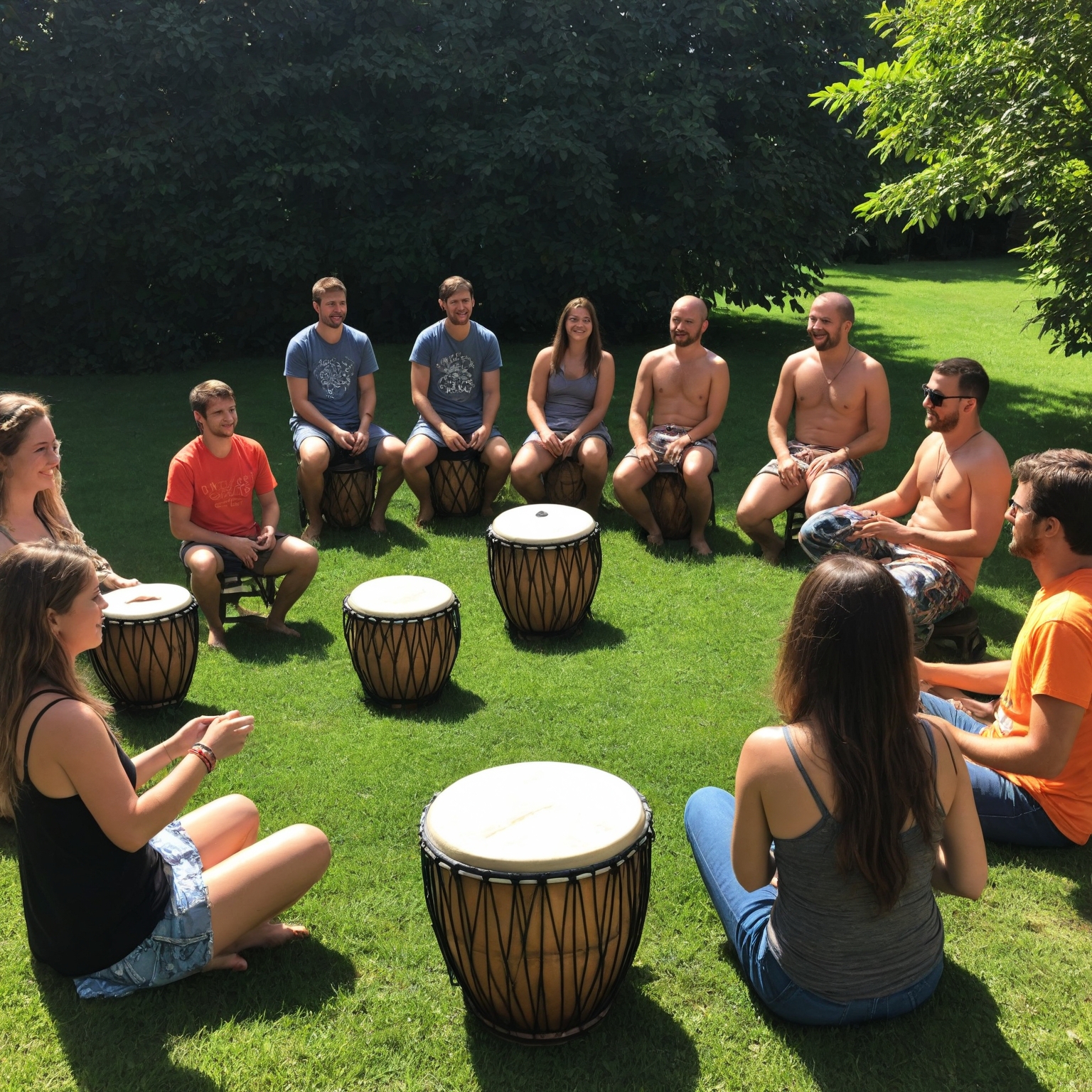Contemplative Practices
What is Contemplation?
Only a contemplative mind can usher in the new consciousness essential for awakening a more loving, just, and sustainable world.
Deepening Our Awareness
Contemplation involves being fully present—in heart, mind, and body—in a manner that allows us to respond creatively and work towards what could be. For many, this takes the form of prayer or meditation, a daily practice of deep listening to better connect with ourselves and divine love. Contemplative prayer helps us sustain the truths we encounter during profound experiences of love and suffering, long after the intensity of these moments fades.
Contemplative prayer is a lifelong practice, never perfected but always sufficient. Each time we pray, our habitual patterns of thinking and feeling inevitably interrupt and distract us from deep listening. Yet, it is through these repeated failings that we encounter Divine grace and experience a transformed mind.
Romans 12:2 urges us to renew our minds.
The Buddha teaches that “Change is never painful, only resistance to change is painful.”
Three Universal Truths:
1. Everything is impermanent and changing.
2. Impermanence leads to suffering, making life imperfect.
3. The self is not personal and unchanging but quite the opposite.
The contemplative mind is about being present in the moment without judgment, analysis, or critique. This holistic, heart-centered knowing opens the mind, heart, soul, and senses to the moment just as it is. Through this, we learn to love things in themselves and as themselves, holding both the attractive and the unpleasant together in one accepting gaze.
In short, contemplation is about entering a deeper silence and letting go of our habitual thoughts, sensations, and feelings to connect to a truth greater than ourselves.
Practice-Based Spirituality
Many practice contemplation through Centering Prayer or focused breathing. Other cultural expressions include communal experiences (like speaking in tongues), movement (dancing or yoga), and music (drumming, ecstatic singing, or chanting). Different practices resonate with different people.
At Nechama Spiritual Center, we honor the diverse history and evolving future of contemplation by referring to many contemplative traditions.
Whatever practice(s) you choose, we invite you to commit to it. Through contemplation and life, The Divine works on us slowly and in secret. Contemplative practice gradually rewires our brains to perceive and respond to reality with love.
Examples of Contemplative Practices:
- Drumming: Practicing surrendering the mind and attuning the body through rhythm.
- Walking Meditation: Taking slow, mindful steps.
- Ecstatic Dance: Moving freely to music.
- Chanting: Singing with intention.
- Centering Prayer: Observing and letting go of all thoughts without judgment during a period of silence.
- Lectio Divina: Reading short passages of text in a contemplative way.
- Welcoming Prayer: Welcoming any feeling, sensation, or emotion that arises during your day.
- YHWH Prayer: Consciously saying the Divine’s name with each breath (the name you are familiar with).
- Pranayama: Breathing mindfully.
- Loving Kindness Meditation: Recognizing your inner source of loving kindness and sending love to others.
- Yoga: Connecting the body, breath, and mind.
- Sound Bath Meditation: Using sound to connect heart and mind for deeper meditation.
By engaging in these practices, we invite the Divine to transform us, helping us respond to life with greater love and understanding.

